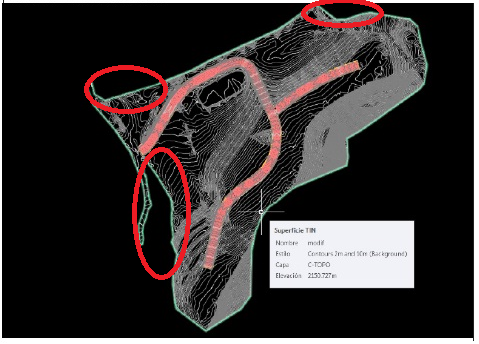

Create the file volcano.world and copy the next content. Gazebo automatically detects if the file is a plain image or a DEM file. $ gdalwarp -ts 129 129 /tmp/m /tmp/media/dem/mtsthelens_129.demĪ DEM file in Gazebo is loaded in the same way that you load a heightmap image. The next command will scale the terrain to 129x129 and will copy into the Gazebo media/dem/ directory. Usually, DEM files have big resolutions and Gazebo cannot handle it, so it's a good idea to adjust the resolution of your DEM. Unzip ~/Downloads/mtsthelens_before.zip -d /tmp Unzip the file and rename it m as follows: cd ~/Downloads There are several organizations that provide elevation data. $ sudo apt-get install gdal-bin libgdal-dev python-gdalĭEM file and the definition into SDF format In order to work with DEM files you should install GDAL libraries. Rescue or agriculture applications might be interested in testing their robot behaviors using a simulated terrain that matches the real world. The main motivation to support DEMs in Gazebo is to be able to simulate a realistic terrain. Currently, Gazebo only supports raster data in the supported formats available in GDAL. In fact, the DEMs can be represented as a grid of elevations (raster) or as a vector-based triangular irregular network (TIN). The term DEM is just a generic denomination, not a specific format.

Wikipedia is a good resource for getting more details about DEMs. The terrain elevations for ground positions are sampled at regularly-spaced horizontal intervals. DEMs are frequently created by using a combination of sensors, such as LIDAR, radar, or cameras. A Digital Elevation Model (DEM) is a 3D representation of a terrain's surface that does not include any objects like buildings or vegetation.


 0 kommentar(er)
0 kommentar(er)
